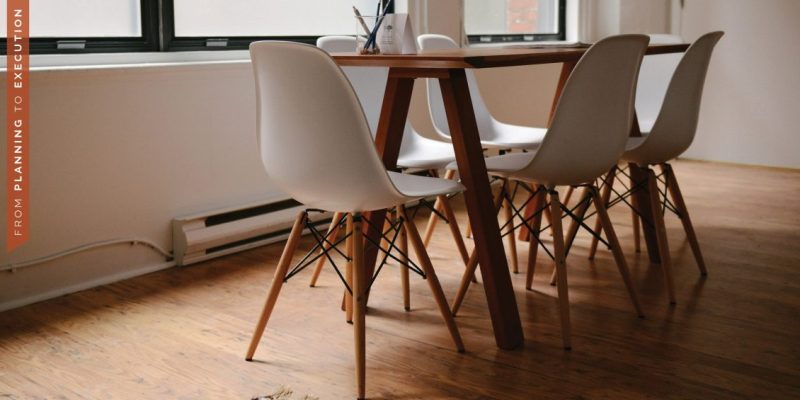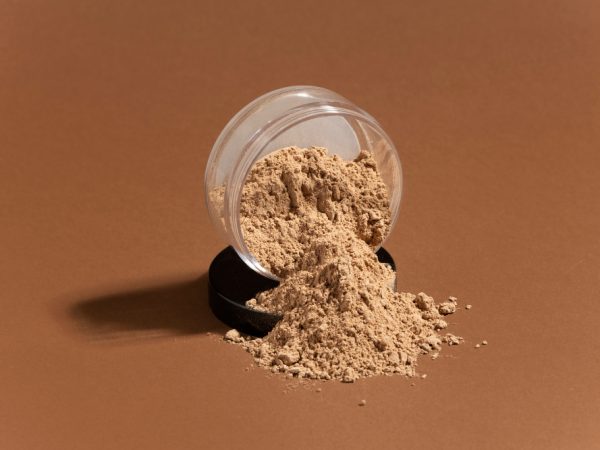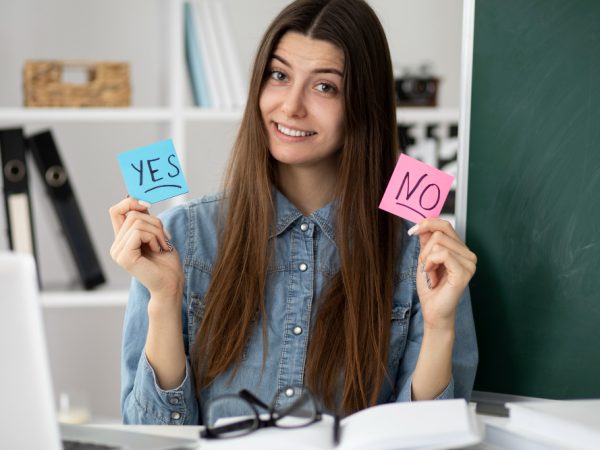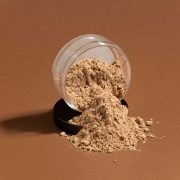Furniture and Fixtures Definition: A Complete Guide

When it comes to business assets and accounting, the terms furniture and fixtures play a crucial role. Whether you’re setting up an office, a retail store, or a home, understanding these terms can help with budgeting, tax deductions, and asset classification.
In this article, we’ll fined furniture and fixtures definition, explain their importance, provide examples, and clarify how they differ from other asset categories.
What Are Furniture and Fixtures?
Definition
Furniture and fixtures refer to long-term, tangible assets used in homes, offices, and commercial spaces. They are classified as fixed assets in accounting because they are not easily movable and have a useful life of more than one year.
Key Characteristics of Furniture and Fixtures
- Durable and long-lasting – Designed for long-term use in homes, offices, and businesses.
Non-movable (Fixtures) – Fixtures are permanently attached to a structure and cannot be easily removed.
Movable (Furniture) – Furniture can be moved from one location to another without altering the space.
Depreciable Assets – Their value decreases over time, making them eligible for depreciation in accounting.
Examples of Furniture and Fixtures
| Category | Examples |
| Furniture | Desks, chairs, sofas, tables, cabinets, bookshelves |
| Fixtures | Built-in lighting, shelving units, ceiling fans, wall-mounted cabinets |
| Office Equipment (Sometimes Overlapping) | Workstations, cubicles, storage units, whiteboards |
Furniture vs. Fixtures: What’s the Difference?
| Factor | Furniture | Fixtures |
| Movability | Can be moved (e.g., chairs, tables) | Permanently attached (e.g., built-in shelves, lighting) |
| Usage | Used for seating, storage, and workspaces | Enhances functionality of space |
| Accounting Treatment | Depreciated over time | Considered part of the property value |
Fixtures are usually attached to a structure, whereas furniture remains portable. This distinction is essential for accounting, taxation, and asset management.
Importance of Furniture and Fixtures in Business
Accounting & Depreciation
- Businesses classify furniture and fixtures as fixed assets.
- They are depreciated over time to reduce taxable income.
Tax Deductions
- In many cases, businesses can claim tax deductions on furniture and fixtures as capital expenditures.
Resale & Asset Value
- Unlike consumable office supplies, these assets retain value and can be resold or refurbished.
Furniture and Fixtures in Accounting
How Are They Recorded?
In accounting, furniture and fixtures are classified under Property, Plant, and Equipment (PPE). Businesses record them as capital assets and depreciate their value over a set period, usually 5-10 years.
Example Accounting Entry:
When purchasing office furniture worth $5,000:
- Debit: Furniture & Fixtures (Asset) – $5,000
- Credit: Cash/Accounts Payable – $5,000
Each year, a portion of the cost is recorded as depreciation expense, reducing taxable income.
Conclusion
Understanding the definition of furniture and fixtures is essential for businesses, accountants, and homeowners alike. Whether you’re classifying business assets, preparing financial statements, or managing tax deductions, knowing the distinction between furniture (movable assets) and fixtures (permanent attachments) helps with proper asset management.
Need help with asset depreciation or tax deductions? Drop your questions below! 💬
FAQs
1. What qualifies as furniture and fixtures?
Furniture includes movable items like chairs, desks, and tables, while fixtures are permanently attached to a structure, such as built-in lighting and shelving.
2. How are furniture and fixtures classified in accounting?
They are classified as fixed assets under Property, Plant, and Equipment (PPE) and depreciated over time to reflect their decreasing value.
3. Can furniture and fixtures be considered real estate assets?
Fixtures are part of real estate since they are permanently attached, but furniture remains a separate movable asset.
4. How long is the depreciation period for furniture and fixtures?
Typically, 5-10 years, depending on accounting and tax regulations. Businesses often use the straight-line depreciation method.
5. Are furniture and fixtures tax-deductible?
Yes! Businesses can claim depreciation deductions or utilize Section 179 expensing (U.S. tax law) for immediate tax benefits.
Also read: Active Listening in Sales: The Key to Closing More Deals











